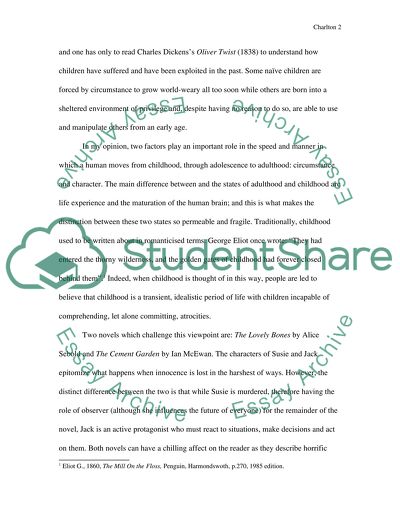Cite this document
(“Social Convention Book Report/Review Example | Topics and Well Written Essays - 2000 words”, n.d.)
Retrieved from https://studentshare.org/literature/1506389-social-convention
Retrieved from https://studentshare.org/literature/1506389-social-convention
(Social Convention Book Report/Review Example | Topics and Well Written Essays - 2000 Words)
https://studentshare.org/literature/1506389-social-convention.
https://studentshare.org/literature/1506389-social-convention.
“Social Convention Book Report/Review Example | Topics and Well Written Essays - 2000 Words”, n.d. https://studentshare.org/literature/1506389-social-convention.


